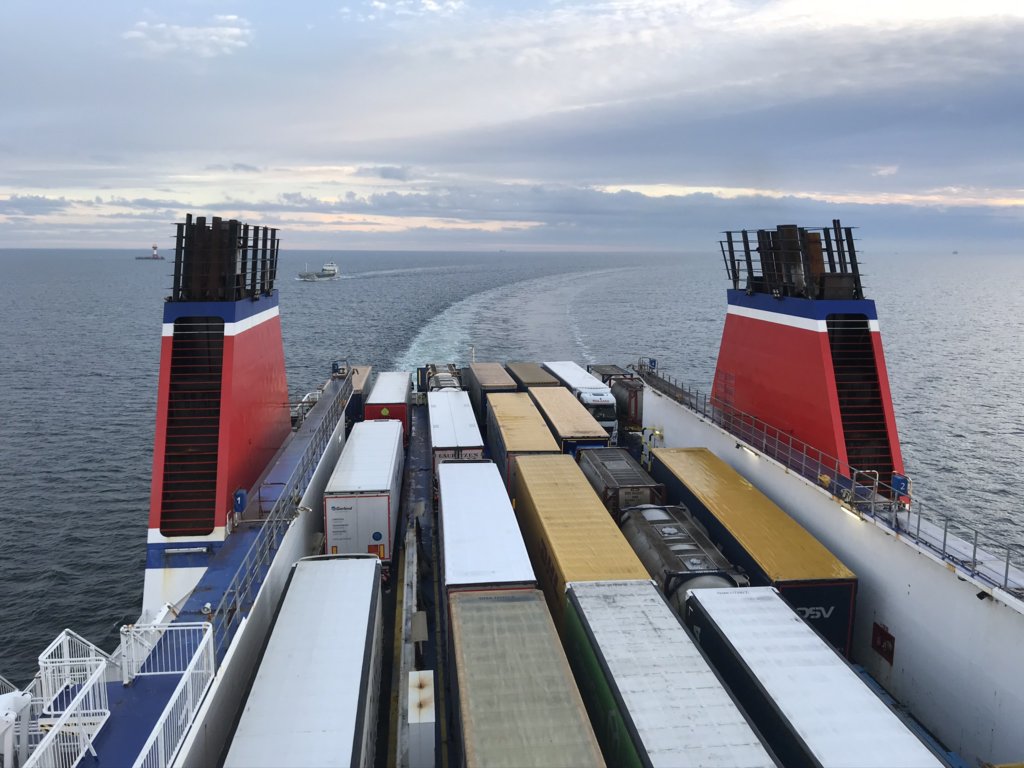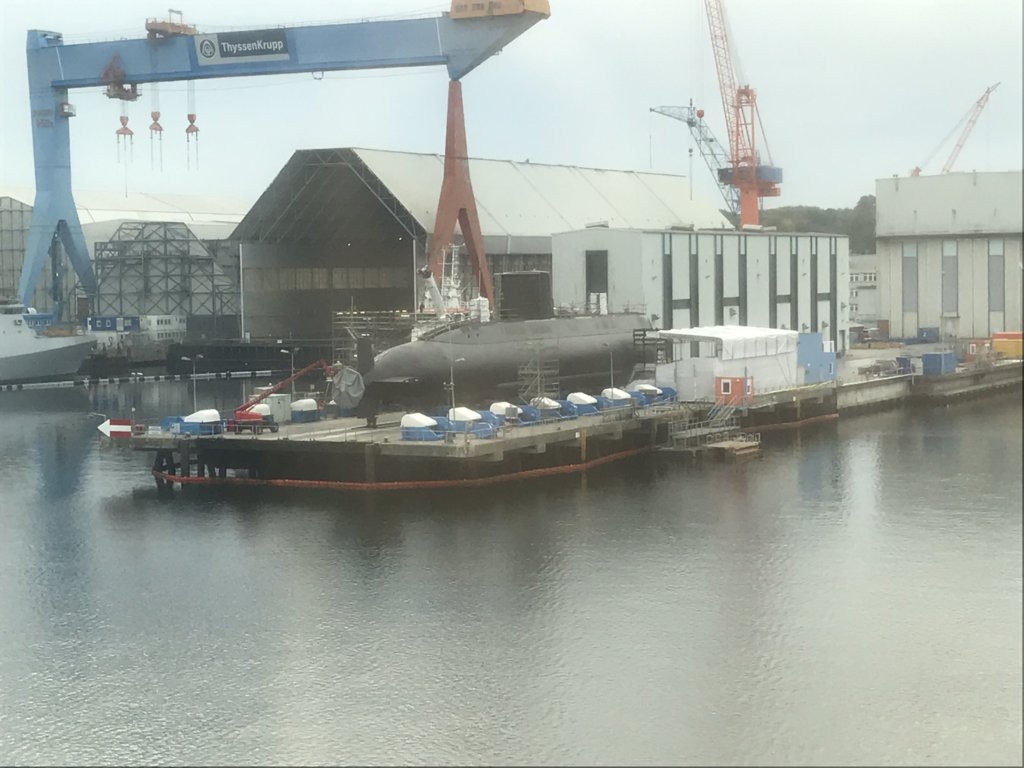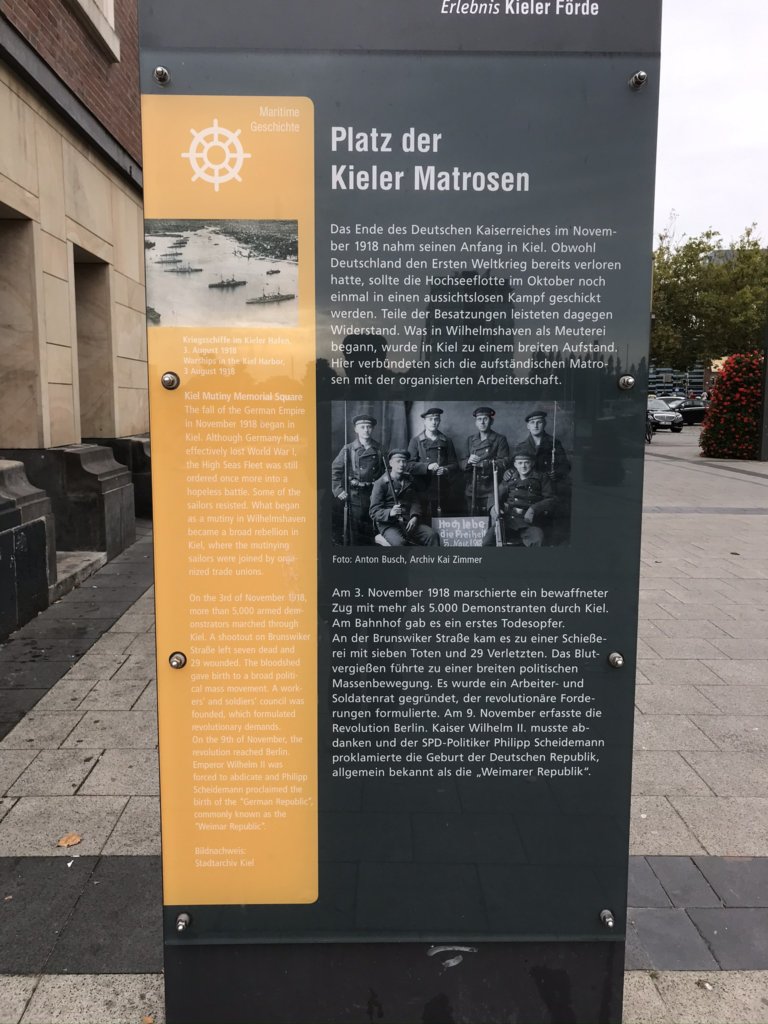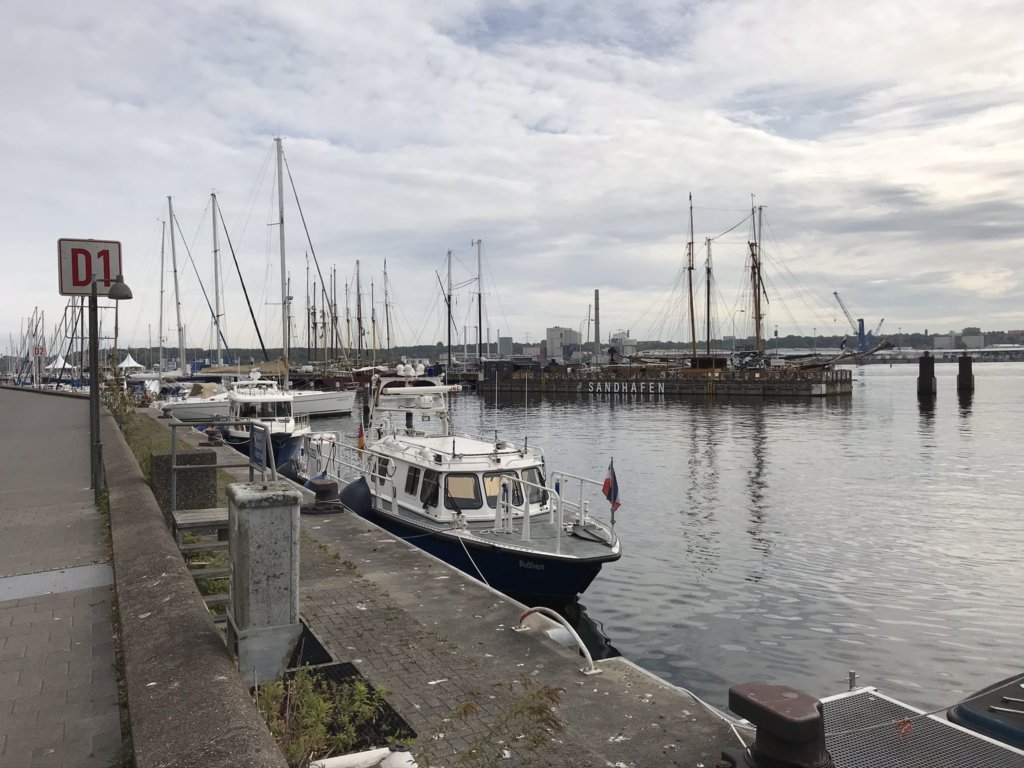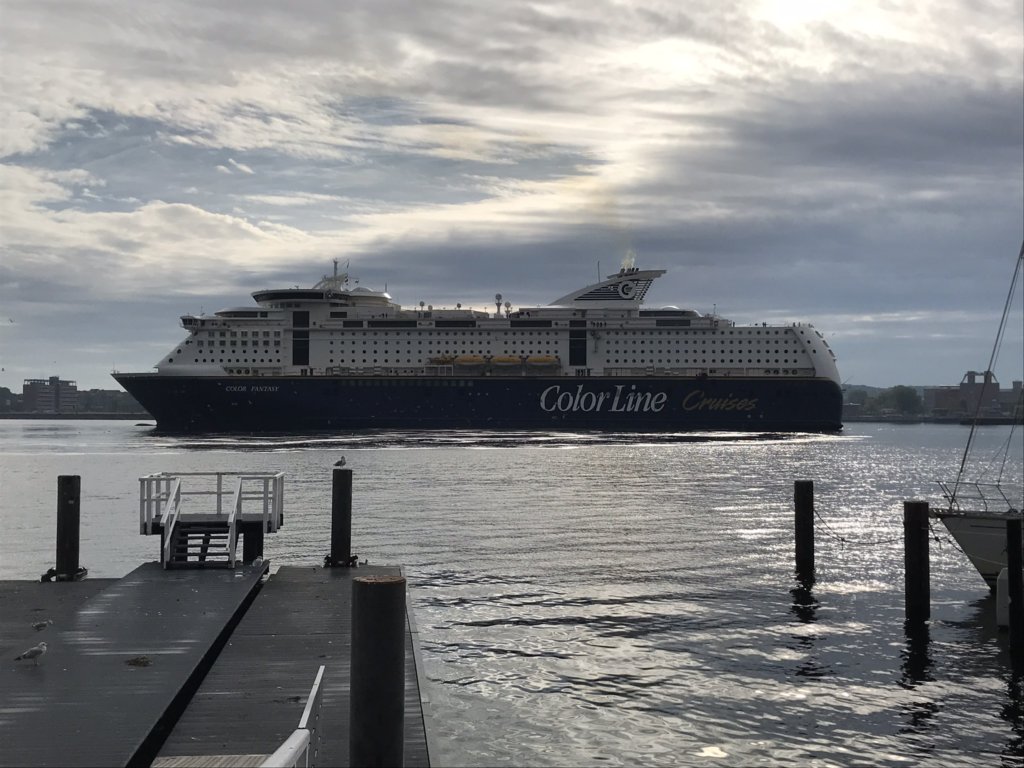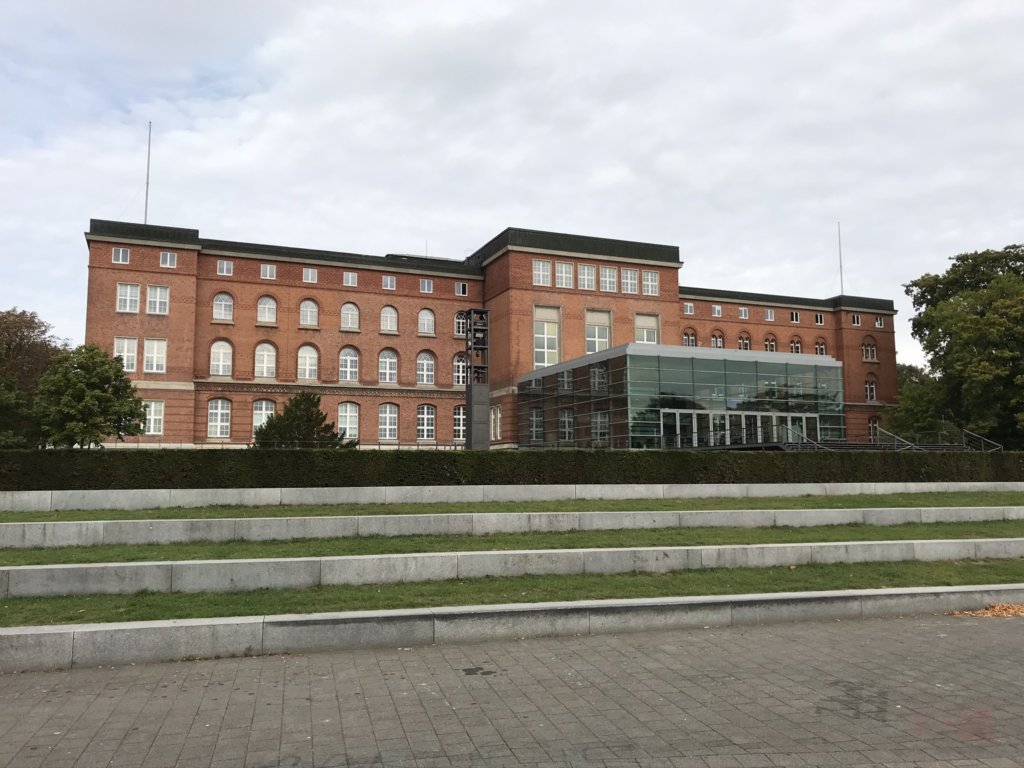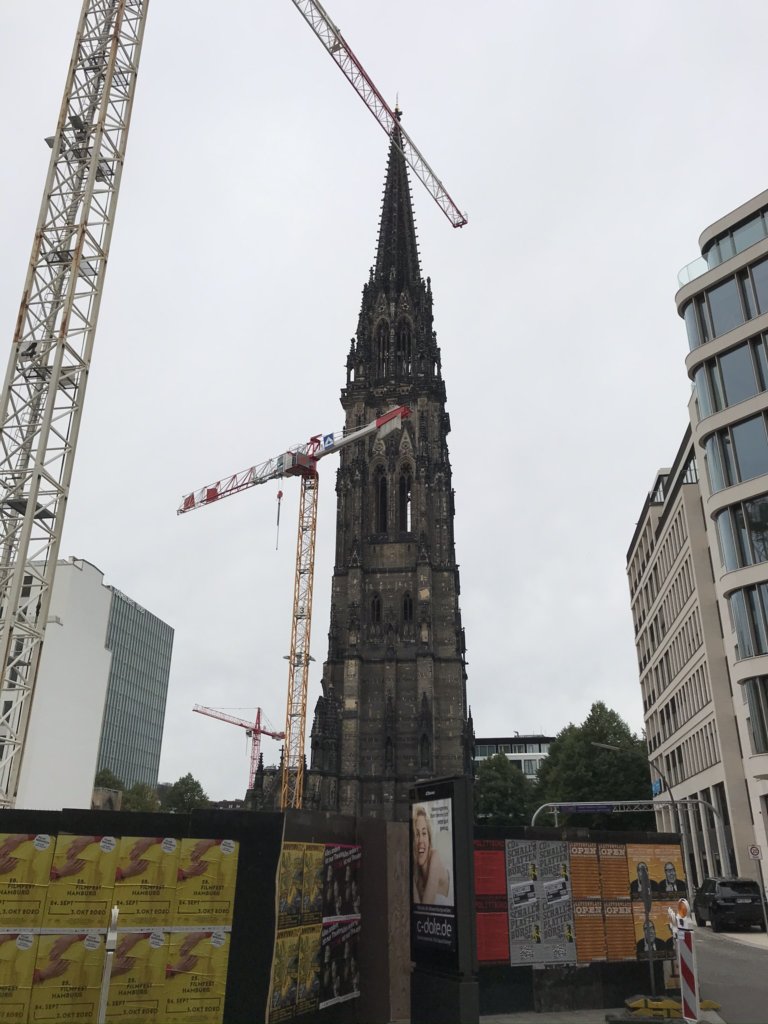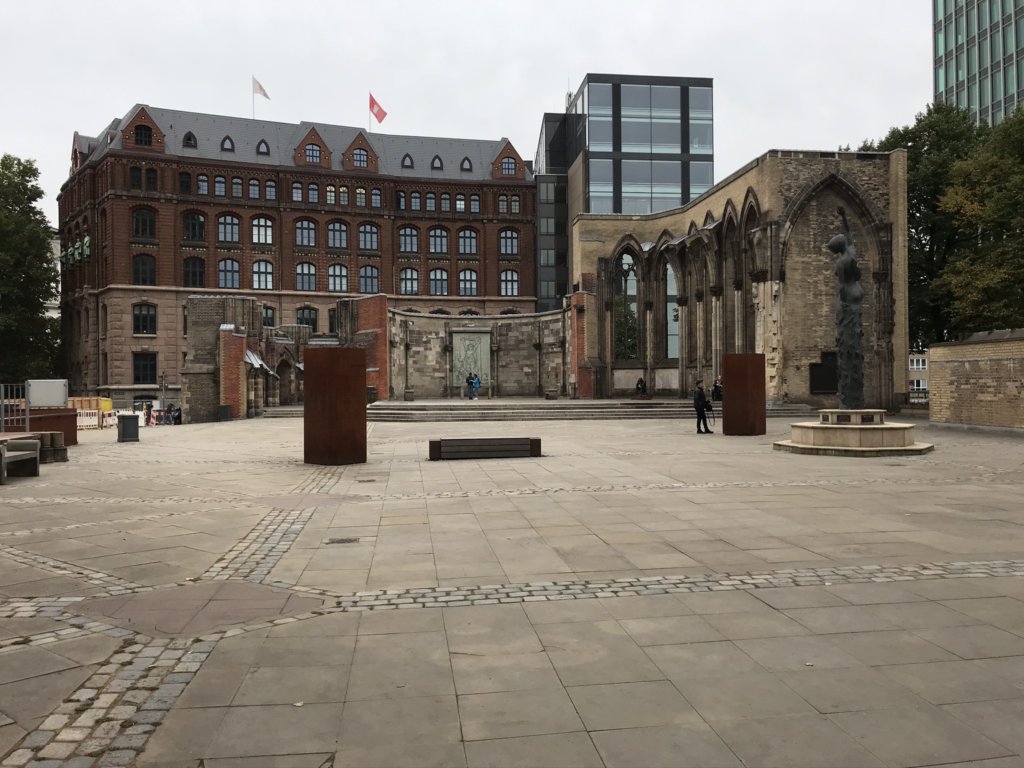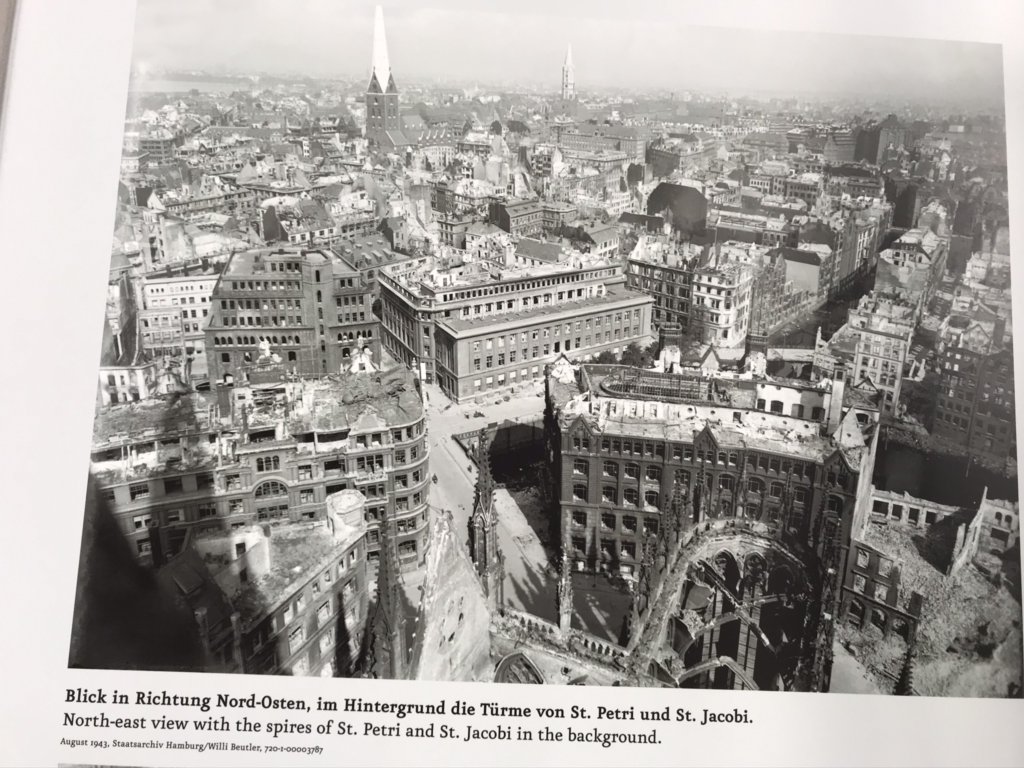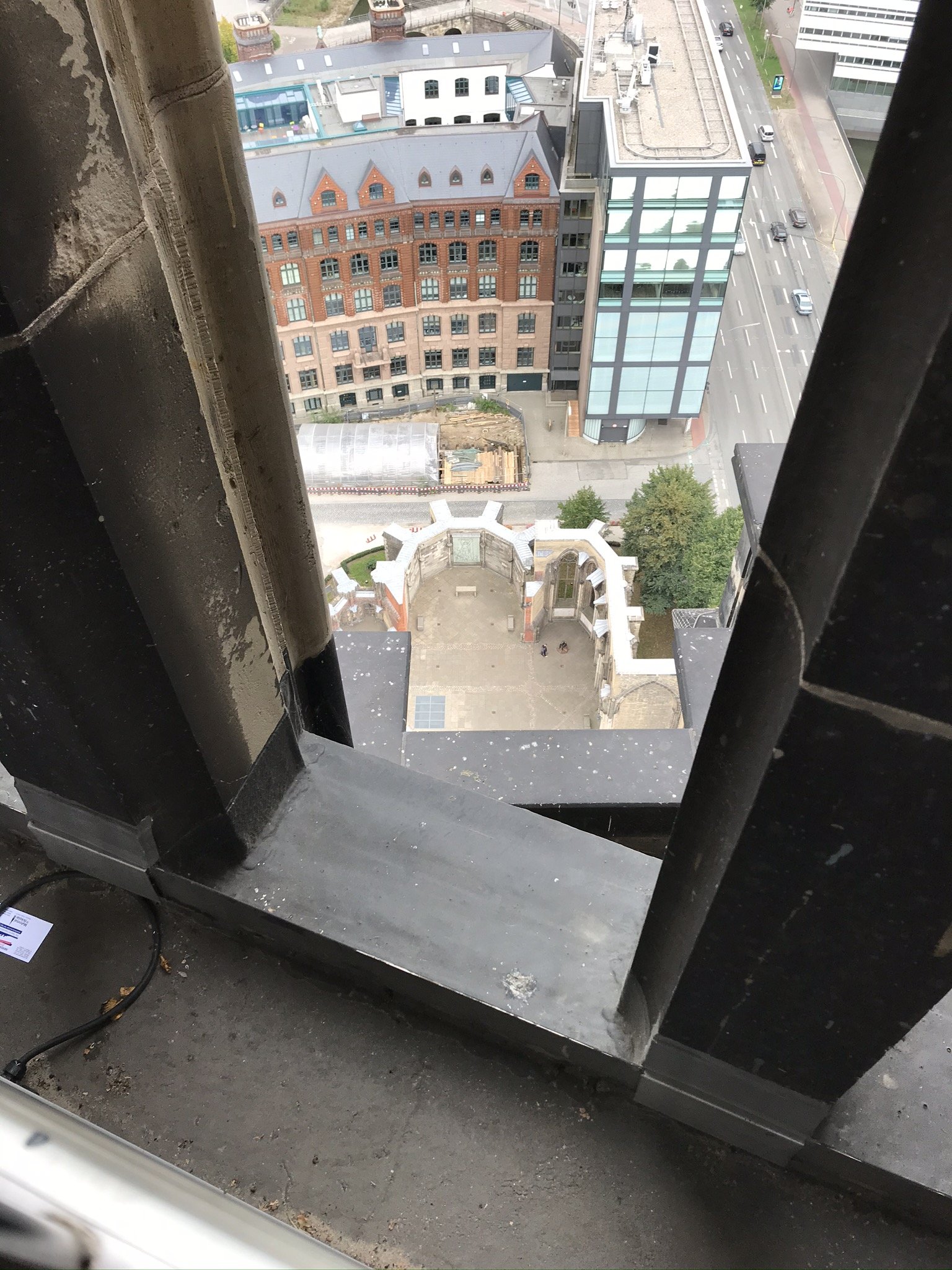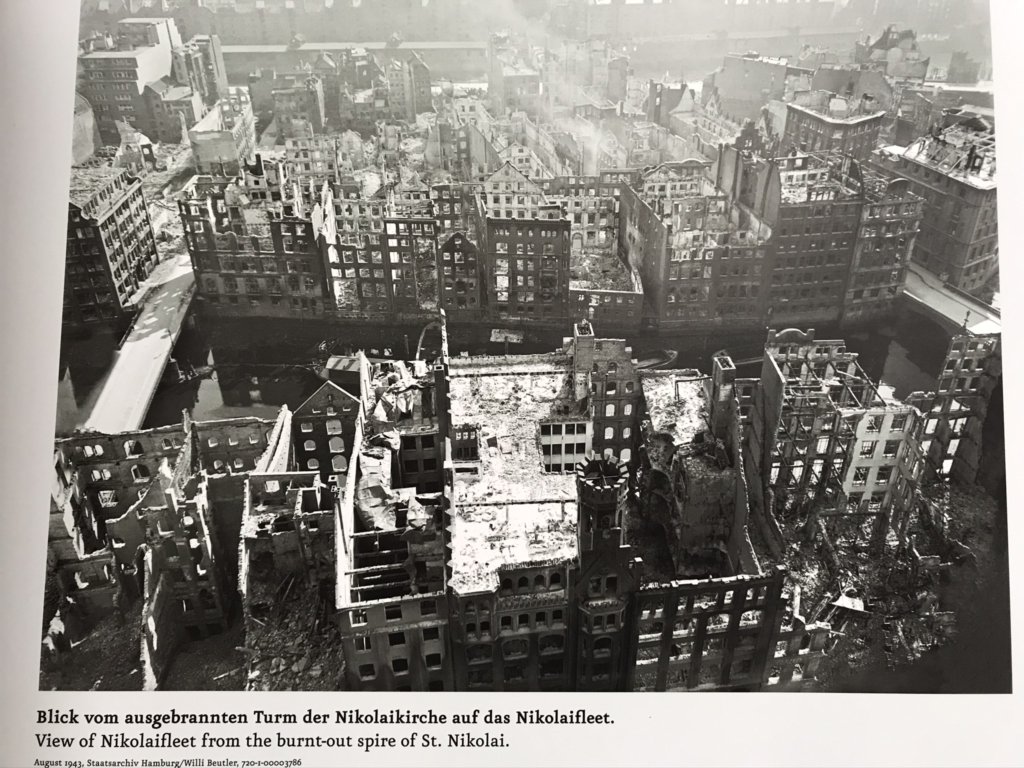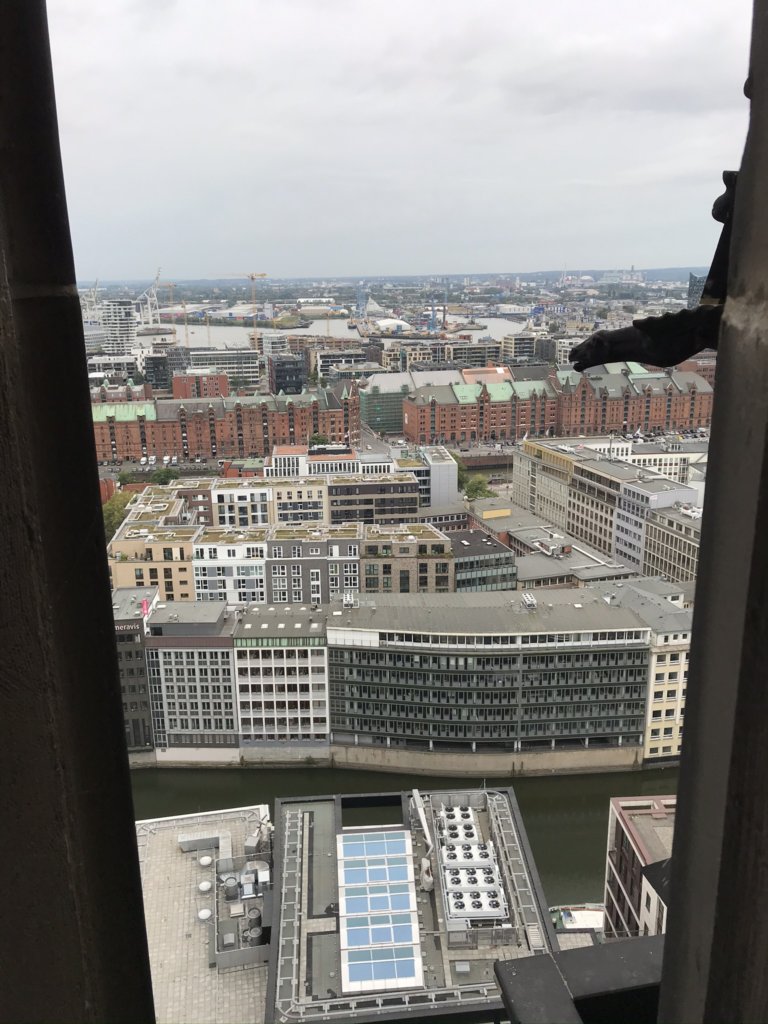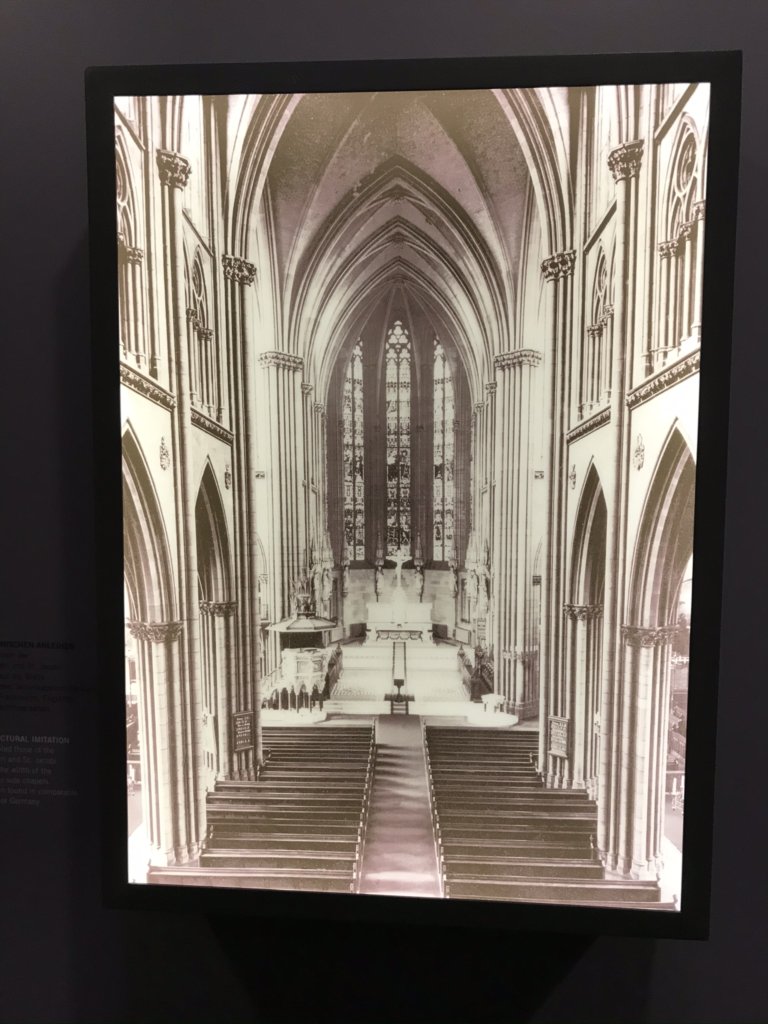The last day of this trip was spent partially on trains and partially briefly checking out two German cities, one of which I'd already been through but missed a few things in. I didn't realize at the time this would be my last day being a tourist in 2020.
Saturday, September 26, 2020
The day began for me on board the ferry Stena Germanica which by then was in German territorial waters. There were about two more hours left before the ship would dock in Kiel.
They served a tasty breakfast in the ship's restaurant. It was a buffet but not self-serve; as usual one had to ask someone behind the counter to put something on your plate. I had some müsli, scrambled eggs, a roll, and a pear.
With some time left before docking, I didn't have much to do besides walk around and look out the windows.
Some of the freight-hauling trucks hitching a ride across the Baltic.
A German submarine docked in Kiel. I wonder, does anyone here still call submarines "U-Boats"?
Debarkation was pretty quick after we docked, a lot faster and easier than on a bigger cruise ship. The first thing I did in Kiel was walk to the train station where I stashed all my baggage in a locker. German train stations typically have banks of lockers of varying sizes where, for a few Euros, you can store your things while you go look around the city. Unlike when this trip began a week earlier, by now I didn't just have a backpack, but was also carrying two loaded grocery bags, so the locker here was quite convenient.
Interesting history lesson right outside the train station. Apparently in the aftermath of WWI, the Kiel Mutiny happened here and played a key role in the end of the German Empire and the transition to the first German republic, which we now call the Weimar Republic. It started with the High Seas Fleet being ordered into a hopeless battle at the tail end of the war, when there was no chance for any kind of German victory, and some sailors refusing to deploy. They were joined by trade unions. This led to a huge demonstration march through Kiel on November 3, 1918 which resulted in a deadly shootout. The movement quickly spread and then on November 9 the Kaiser abdicated.
There was only one thing I specifically wanted to do here, and that was take a picture of the state legislature building, since Kiel is the capital of Schleswig-Holstein. Beyond that, I just took a slow walk from the train station to that building and back.
The waterfront was a nice scenic place to slowly walk along and enjoy the view with all the boats docked there.
Nice place to walk or ride a bike, which many people were doing.
This huge cruiseliner, the Color Fantasy, is operated by Color Line, based in Norway. They also run ferries between Kiel and Oslo and other routes.
Finally the Schleswig-Holstein Landtag building. It was built in 1888 and originally was the Imperial German Naval Academy, then was the HQ of the Baltic fleet during the interwar and Nazi years. I didn't know it at the time but this would be the last state legislature building I'd take a picture of. I'd hoped to at least get Bavaria's and/or Saarland's but the Covid resurgence put an end to any more travel plans this year.
Kiel's old downtown, Altstadt, as I walked through on the way back to the train station. (Not pictured: a nutter I passed by who was handing out anti-5G flyers)
Looking back, I probably should have gotten one of those fish sandwiches being sold all over the pier for lunch, but for some reason I really wanted something from a train station restaurant. Lunch was a mozzarella and tomato baguette sandwich from Le Crobag.
My first train of the day was an ICE I rode from Kiel to Hamburg. I'd already spent a weekend in Hamburg about two months earlier, and felt like I didn't see enough of it. This time, I would have only three hours to spend there, only enough time to see one thing, so I went with the Sankt Nikolai memorial. After putting all my things in another locker in Hamburg's main train station, I took the U-Bahn to the Rathaus station and walked from there. St. Nikolai was so close to the Rathaus, I can't believe I missed it on my last trip.
The Sankt Nikolai memorial (Mahnmal Sankt Nikolai) consists of the remains of the once-majestic and still-impressive St. Nikolai cathedral. This was once the tallest cathedral in Hamburg until 1943, in the middle of World War II, when the British and American Air Forces bombed Hamburg in a devastating eight-day series of raids. The cathedral was mostly ruined, past any hope of being repaired and restored. Today the spire is still standing and you can now ride an elevator to the top and get a good view of the city from above, and also see some historic photos.
Before you stand in line to go up in the tower, you can look around here. This used to be the high-ceilinged nave of the cathedral.
At the top of the spire, next to every point where you can look out, there are old photos of that same view in 1943 after the city was bombed.
After the tower, there's a museum underground about the history of the cathedral, and of Operation Gomorrah, the 1943 bombing raid on Hamburg which leveled it. The bombing of Hamburg was meant as the Allies' response to the Nazis' earlier destructive bombing runs on Warsaw, Rotterdam, and Coventry. It was also intended to break down the German people's support of the Nazi regime.
This is what the nave used to look like, of which we saw the scant remains earlier.
With that visit done, it was time to go home, which would take pretty much the entire rest of the day. There were two ICE rides. The first was from Hamburg to Frankfurt's central station. On this train I had a couscous salad with cashews for dinner; I'm really going to miss Deutsche Bahn's onboard meals, because they're much better than anything I've ever eaten on a plane and certainly far better than anything Amtrak ever served up.
The last ride of the day was another ICE from Frankfurt to Stuttgart. Here I found that they still weren't finished with whatever construction was plaguing the rails with delays a week earlier. I can't remember how late I arrived in Stuttgart but I think it must have been somewhere around 45 minutes to an hour after the scheduled time. I should have savored it, though, since it ended up being my very last ICE trip for the foreseeable future.
When I got back to work on Monday, I got myself a Covid test, where I discovered my reward for having completed this epic journey: two weeks of quarantine! It turns out the Robert Koch Institute--Germany's equivalent of our CDC--designated Denmark's capital region a "risk area" beginning on the 23rd of September. Denmark's capital region is exactly where I was for all of that date and a good deal of the next day. D'OH! Thankfully all my Covid tests came back negative.
Looking back this was my favorite trip of the year. Thanks to the lull in Coronavirus spread during the summer, I was able to get some traveling in, to Strasbourg, Hamburg, Salzburg, Berlin, and finally this huge voyage hitting the Ruhr area and three Scandinavian cities. Additionally I think it demonstrated the value of staying on the ground and making the trip as much about the journey as about the destination. Flying can get you to a place quickly, but I feel like I experienced more by making stops and taking in sights along the way there and the way back. When I look at the map I feel like I actually traveled the distance and didn’t just teleport in and out.
Now in the next few years, let's see how well I can apply that to the much more sparsely-populated American Southwest...
Other articles in this series:

